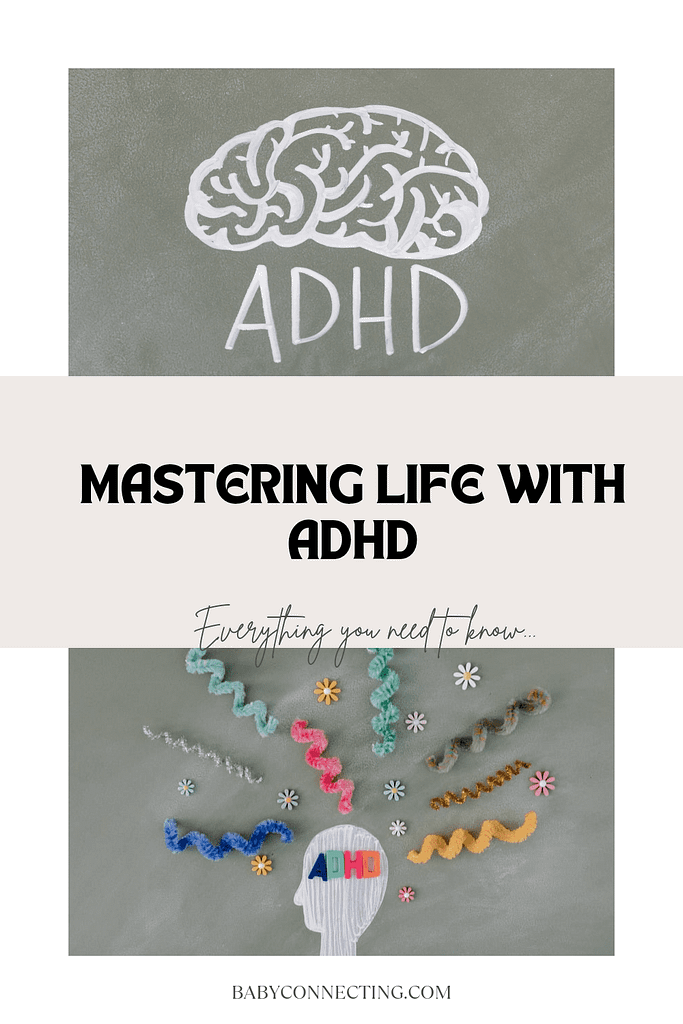Potty Training Success for Boys and Girls: The Ultimate Guide to a Stress-Free Transition
Potty training is a significant developmental milestone for both children and their parents. However, it’s a process that can sometimes feel overwhelming, especially if it’s your first time teaching a child to use the toilet. Whether you’re training a boy or a girl, understanding the differences, best practices, and using positive reinforcement can make potty training easier and more enjoyable.
Understanding When to Start Potty Training: Boys vs. Girls
The right time to start potty training varies from child to child. Both boys and girls typically show signs of readiness for potty training between 18 months and 3 years of age. However, it’s important to understand that boys may take a little longer than girls to be fully potty trained. This doesn’t mean there’s anything wrong—it’s just a natural difference in development.
Look for signs of readiness that indicate your child is prepared to start potty training. Some common signs include:
Physical Readiness: Your child stays dry for longer periods (two hours or more), especially during naps.
Cognitive Readiness: Your child can follow simple instructions and understands the concepts of wet and dry.
Behavioral Readiness: Interest in imitating parents or older siblings in the bathroom, and expressing discomfort with dirty diapers.
Potty Training Boys vs. Girls: Is There a Difference?
While the basic principles of potty training remain the same for both boys and girls, there are a few differences in the approach that may be helpful:
Potty Training Boys
Boys may take a little longer to learn how to use the potty because they need to master both sitting and standing. Here are some tips:
Start with Sitting: It’s easier to start potty training boys by having them sit on the potty to pee. This helps them learn without worrying about aiming at first.
Introduce Standing Later: Once they’ve mastered sitting and peeing, you can transition them to standing. Make it fun by using targets like toilet paper squares or “pee targets†to help them practice aiming.
Role Models: Many boys benefit from watching their dad or older brother use the bathroom to understand how to pee standing up.
Potty Training Girls
Girls often potty train faster than boys, and their process tends to be a little more straightforward:
Encourage Sitting from the Start: Girls can start learning to pee and poop while sitting. They don’t have to switch between sitting and standing, making the process simpler.
Wipe from Front to Back: One of the most important hygiene lessons for girls is teaching them to wipe from front to back to avoid urinary tract infections.
Avoid Distractions: Girls may get distracted while sitting on the potty, so keep the bathroom environment calm and focused.
Essential Potty Training Equipment for Boys and Girls
Having the right potty training tools can make a significant difference in how smoothly the process goes. Here’s what you’ll need to set up your child for success:
Potty Chair or Potty Seat: Some children prefer using a stand-alone potty chair, while others like a potty seat that fits over the regular toilet. Let your child help choose what they prefer.
Step Stool: If your child is using the regular toilet, a step stool is essential to help them climb up and feel secure.
Fun Underwear: Introduce your child to the idea of “big kid†underwear. Let them choose their favorite designs (cartoons, animals, etc.) to motivate them.
Training Pants: These can be used during the transition from diapers to underwear, especially at night or during naps.
Toilet Training Books or Videos: Interactive books and videos about potty training can make the process more engaging and less intimidating for your child.
Creating a Potty Training Routine
A consistent routine is critical for potty training success. This helps your child understand when it’s time to use the potty and creates structure around bathroom habits. Here’s how to set up a simple and effective routine:
1. Introduce the Potty: Let your child get familiar with their potty chair or potty seat before you start training. Encourage them to sit on it fully clothed to get comfortable.
2. Schedule Regular Potty Breaks: Encourage your child to use the potty at regular intervals throughout the day, especially after meals, naps, and before bedtime.
3. Look for Cues: Pay attention to your child’s behavior—squirming, holding themselves, or making certain facial expressions may indicate they need to go to the bathroom.
4. Stay Close to the Potty: During the early days of potty training, stay close to the bathroom. If possible, place the potty in a convenient location for easy access.
Positive Reinforcement: The Key to Success
One of the most important aspects of potty training is positive reinforcement. Children respond best to praise, encouragement, and rewards, which help build their confidence and motivation.
Praise Every Effort: Celebrate small successes, such as sitting on the potty or staying dry for extended periods. Make sure your child feels proud of their progress.
Use a Reward System: Consider using a sticker chart, small toys, or treats as rewards for successfully using the potty. This can create excitement and anticipation.
Stay Positive During Accidents: Accidents will happen—it’s part of the process. Instead of showing frustration, remind your child that accidents are okay, and they’ll get it right next time.
Nighttime Potty Training for Boys and Girls
Daytime potty training usually comes first, but nighttime potty training can take longer, especially for boys. Children may not wake up when they need to go, and nighttime dryness may take several months or even years to develop fully.
Use Training Pants: For nighttime, it’s best to use overnight training pants until your child consistently wakes up dry.
Limit Drinks Before Bed: To minimize accidents, reduce your child’s fluid intake in the evening and encourage them to use the potty right before going to bed.
Be Patient: Nighttime potty training can take longer for both boys and girls. Stay patient and avoid pressuring your child. They will eventually develop the ability to stay dry overnight.
Handling Potty Training Regression
Potty training regression is common and can happen for a variety of reasons, including stress, changes in routine, or even the arrival of a new sibling. Here’s how to handle regressions:
Stay Calm and Supportive: If your child starts having accidents after being potty trained, remain calm. Getting upset or punishing them can increase anxiety.
Revisit the Basics: Go back to the basics of potty training, such as setting a routine and offering rewards for using the potty.
Be Understanding: If your child is experiencing a significant change, such as starting preschool or having a new sibling, it may cause temporary regression. Offer extra support and reassurance during this time.
Common Potty Training Challenges and How to Overcome Them
Potty training isn’t always straightforward. You may encounter various challenges along the way. Here’s how to handle some of the most common potty training issues:
Fear of the Potty
Some children may be scared of the toilet or potty chair. To overcome this fear:
Let your child decorate their potty with stickers to make it more appealing.
Read potty training books to help them understand the process in a fun and relatable way.
Offer gentle reassurance and give them time to adjust without pressure.
Constipation
Constipation can be a significant hurdle during potty training, causing discomfort or reluctance to go. To alleviate constipation:
Ensure your child’s diet includes plenty of fiber (fruits, vegetables, whole grains).
Encourage them to drink plenty of water throughout the day.
Create a bathroom routine to help them relax and feel comfortable going.
Resistance to Potty Training
Sometimes, children simply resist the idea of potty training. If this happens:
Take a break and try again after a few weeks. Sometimes children need more time to develop readiness.
Make the experience fun by using games, songs, or letting your child pick out their own underwear.
Stay positive and avoid turning potty training into a power struggle.
Conclusion: A Rewarding Journey Toward Independence
Potty training is a significant step toward your child’s independence. While it can be a challenging process at times, it’s also an incredibly rewarding experience for both you and your child. By staying patient, using positive reinforcement, and tailoring your approach to your child’s unique needs—whether they’re a boy or a girl—you can help them successfully transition out of diapers and into the world of being potty trained.
Embrace each milestone, celebrate the successes, and remember that setbacks are normal. With time, consistency, and encouragement, your child will master potty training, gaining confidence and independence along the way.


